Hardness results for decoding the surface code with Pauli noise
November 21, 2024



The Center for Quantum Information and Control (CQuIC, https://cquic.unm.edu/) as part of Quantum New Mexico Institute (QNM-I) at the University of New Mexico invites applications for Postdoctoral Fe…
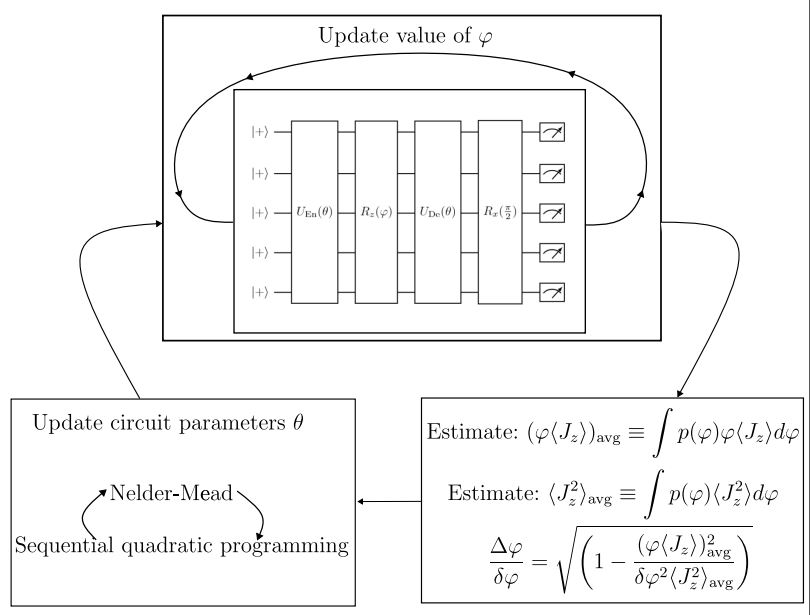
Many quantum sensing technologies, such as magnetometers, measure a small rotation angle. Quantum mechanics places a fundamental limit on the quality of this measurement. Reaching this fundamental li…
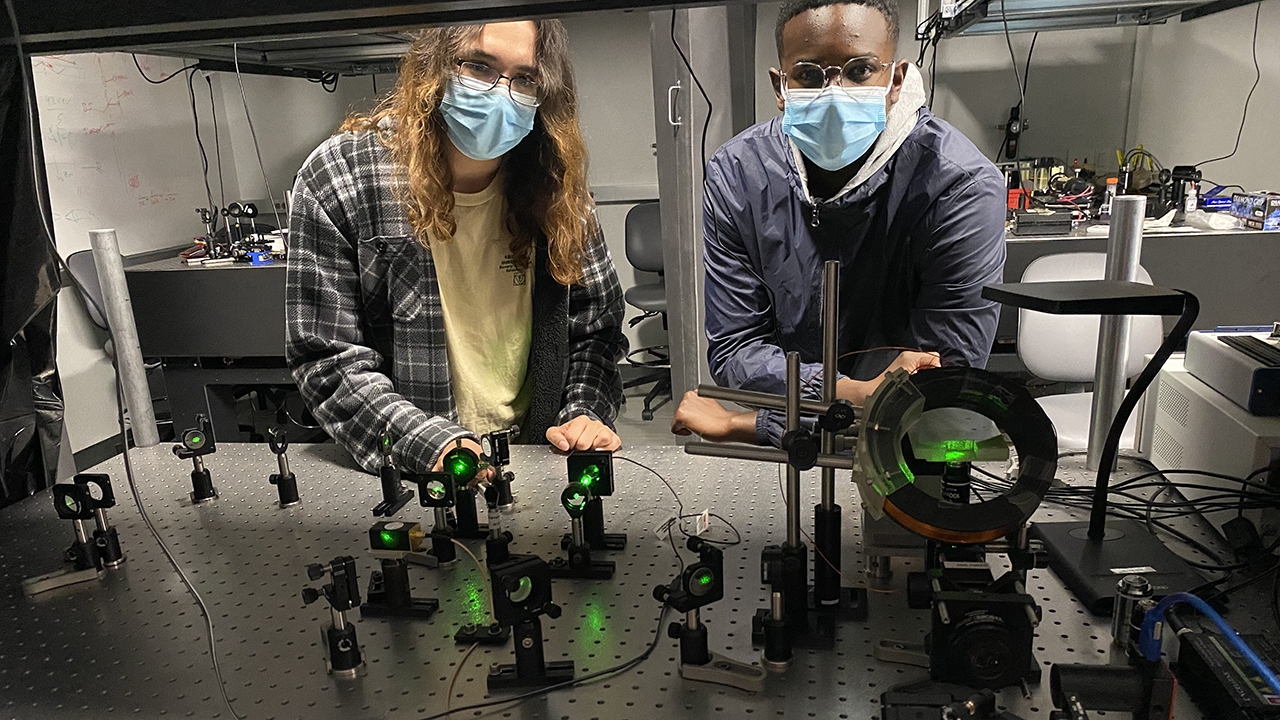
Quantum research could be the key to unlocking society’s next major technological advancement and demand for the skills and expertise required for such work is sure to grow. Now, for the fourth …
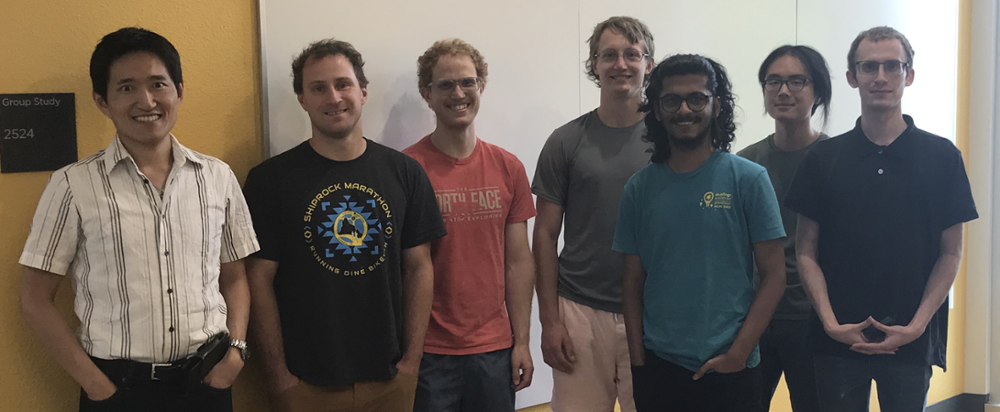
The National Science Foundation (NSF) has renewed the Software-Tailored Architecture for Quantum co-design (STAQ) project for another five years. During that time $17 million will be given to the STAQ…
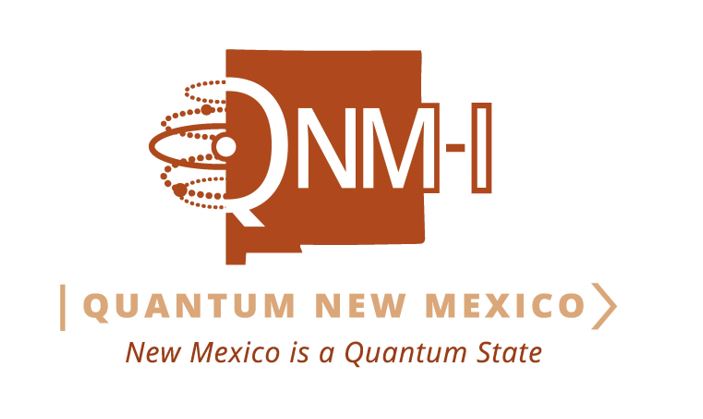
New Mexico scientists played a pioneering role in the development of Quantum Informational Science; now The…
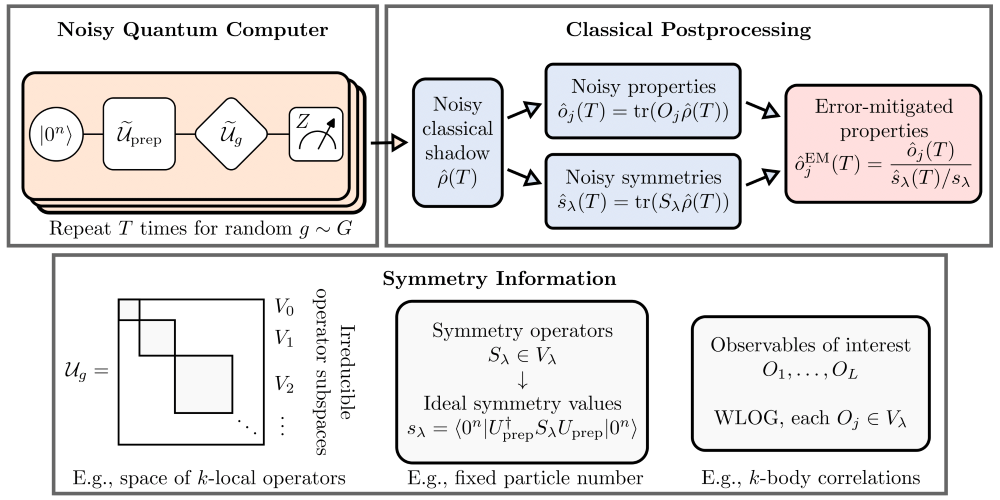
Andrew Zhao and Akimasa Miyake have published a paper to the arXiv preprint server which introduces a technique for reducing the impact of errors in noisy, near-term quantum computers. Quantum c…
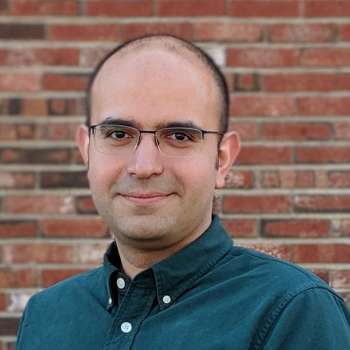
CQuIC faculty member, Prof. Milad Marvian, has been selected as a recipient of the Department of Energy's Exploratory Research in Extreme-Scale Science program. These projects, announced Aug. 10, are…
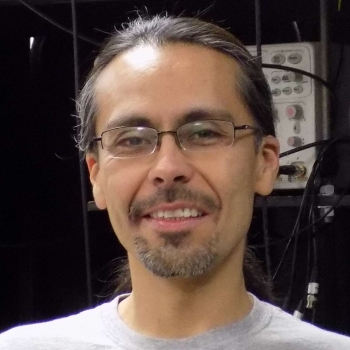
UNM Department of Physics & Astronomy Associate Professor Francisco Elohim Becerra was recently awarded an $800,000 research grant for a research project titled, Nonclassical atom…
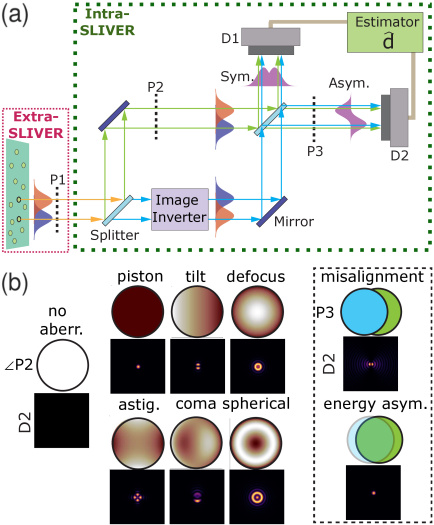
Image inversion interferometry can measure the separation of two incoherent point sources at or near the quantum limit. This technique has the potential to improve upon current state-of-the-art imagi…